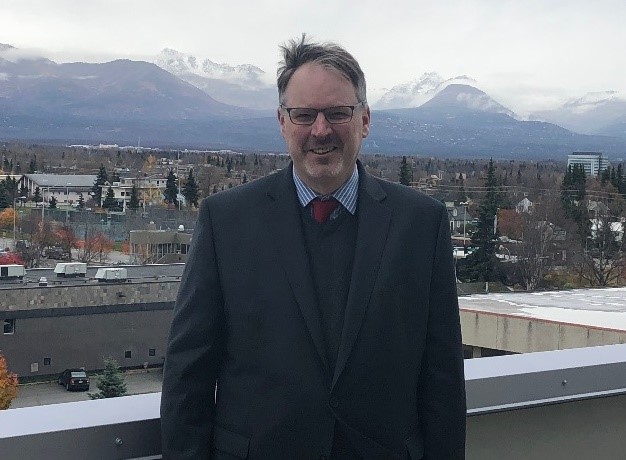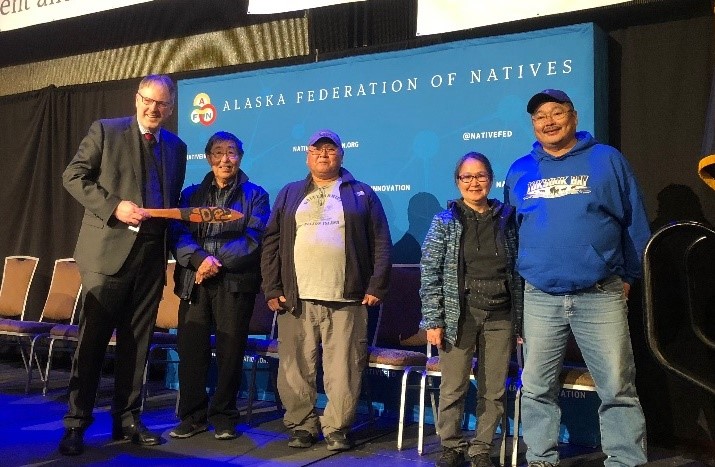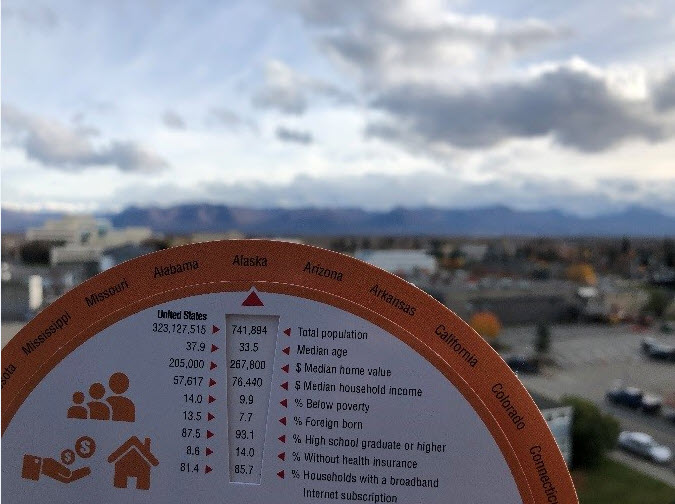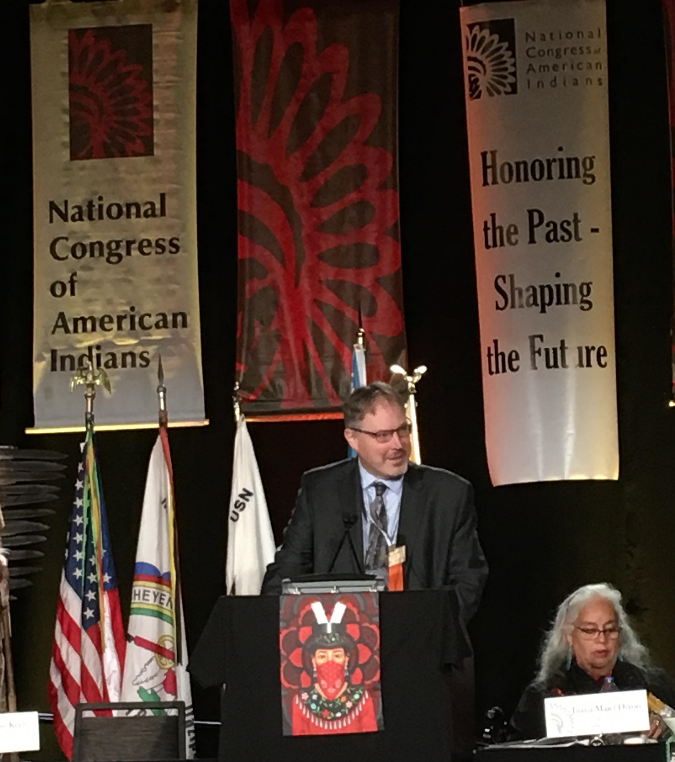The 2020 Census and American Indian and Alaska Native Areas
The 2020 Census and American Indian and Alaska Native Areas
As we gear up for the 2020 Census, the U.S. Census Bureau recognizes the unique challenges associated with conducting the census as accurately as possible in American Indian and Alaska Native areas. To accomplish that goal, we are reaching out to those communities years in advance to build awareness. This work includes coordinating closely with tribal governments to accurately count tribal populations on and off reservations. It is especially important because the Remote Alaska Operation is the first enumeration activity to kick off the 2020 Census, setting the tone for the entire nation.

Ron Jarmin in Anchorage, Alaska.
I recently traveled to Anchorage, Alaska, where I met with the Alaska Federation of Natives (AFN) and announced that Toksook Bay has been selected to kick off the 2020 Census in Alaska.
Located in the southwest corner of the state, Toksook Bay is home to almost 700 people. The head start count, beginning with Toksook Bay, will take place from January through April 2020. This count is especially critical for determining the amount of federal funds that each community may be eligible for.
Remote Alaska's vast, sparsely settled areas are traditionally counted in January of the decennial census year. Many residents leave following the spring thaw to fish and hunt or for other warm-weather jobs, making it difficult to get an accurate count in the days leading up to the April 1 Census Day. As recommended by Alaska Natives, local census takers will start enumerating the approximately 240 remote villages and communities before spring thaw and ice break up, accessing remote areas through bush planes, dogsleds and snowmobiles.

Ron Jarmin and members of the Alaska Federation of Natives.
Residents of Anchorage, Fairbanks and other large Alaska cities will respond to the 2020 Census online, by phone or mail in mid-March like the rest of the country. People living in areas with low internet connectivity will receive a paper questionnaire on the first mailing, and all nonresponding households will receive a questionnaire on the fourth mailing.
After my time in Alaska, I visited Denver, Colorado, to meet with the National Congress of American Indians (NCAI). During my visit to each state, I got the chance to speak with local leaders and learn about issues that affect American Indian and Alaska Native communities, and discuss how the Census Bureau can partner with them to better serve their constituents.
I am enthusiastic about our ongoing government-to-government relationships with American Indian and Alaska Native tribes. We continue to work hand-in-hand with countless tribes across the nation to plan a 2020 Census that will count everyone on tribal lands once, only once, and in the right place.

ACS Data Wheel shows Alaska's population.
In the past, our collaborations with American Indian and Alaska Native organizations, such as AFN, NCAI and tribal governments, have proven highly beneficial. Currently, the Census Bureau is using tribal input to ensure that everyone in the household, even extended family members, are counted; to increase the rate of American Indians and Alaska Natives who respond to the census; to get information on topics like geography, recruitment activities, data collection operations, outreach and promotion. Since 2015, we have met with more than 400 tribal delegates representing over 250 different tribes, corporations and organizations.

Ron Jarmin met with Colorado Congressional Office members and state demographers.
Moving forward for the 2020 Census, we continue to foster our strong partnership with our tribal counterparts through regular monthly meetings. More than 130 tribes and representative tribal associations have already appointed a 2020 Census Tribal Liaison to work with our regional tribal partnership staff.
I’m confident that by working together, we can make progress in a way that meets the needs of these communities and helps the Census Bureau capture the best possible information about the American Indian and Alaska Native population.

Ron Jarmin speaking at the National Congress of American Indians in Denver, Colorado.



